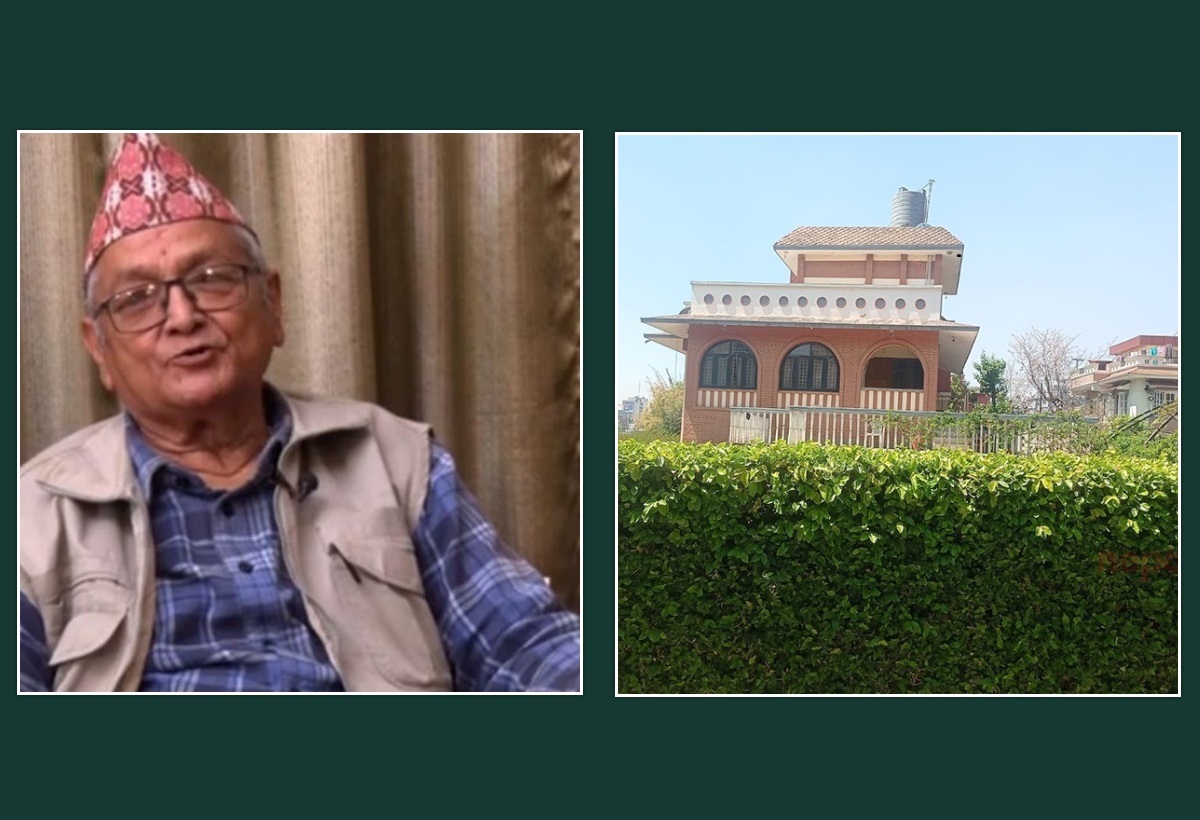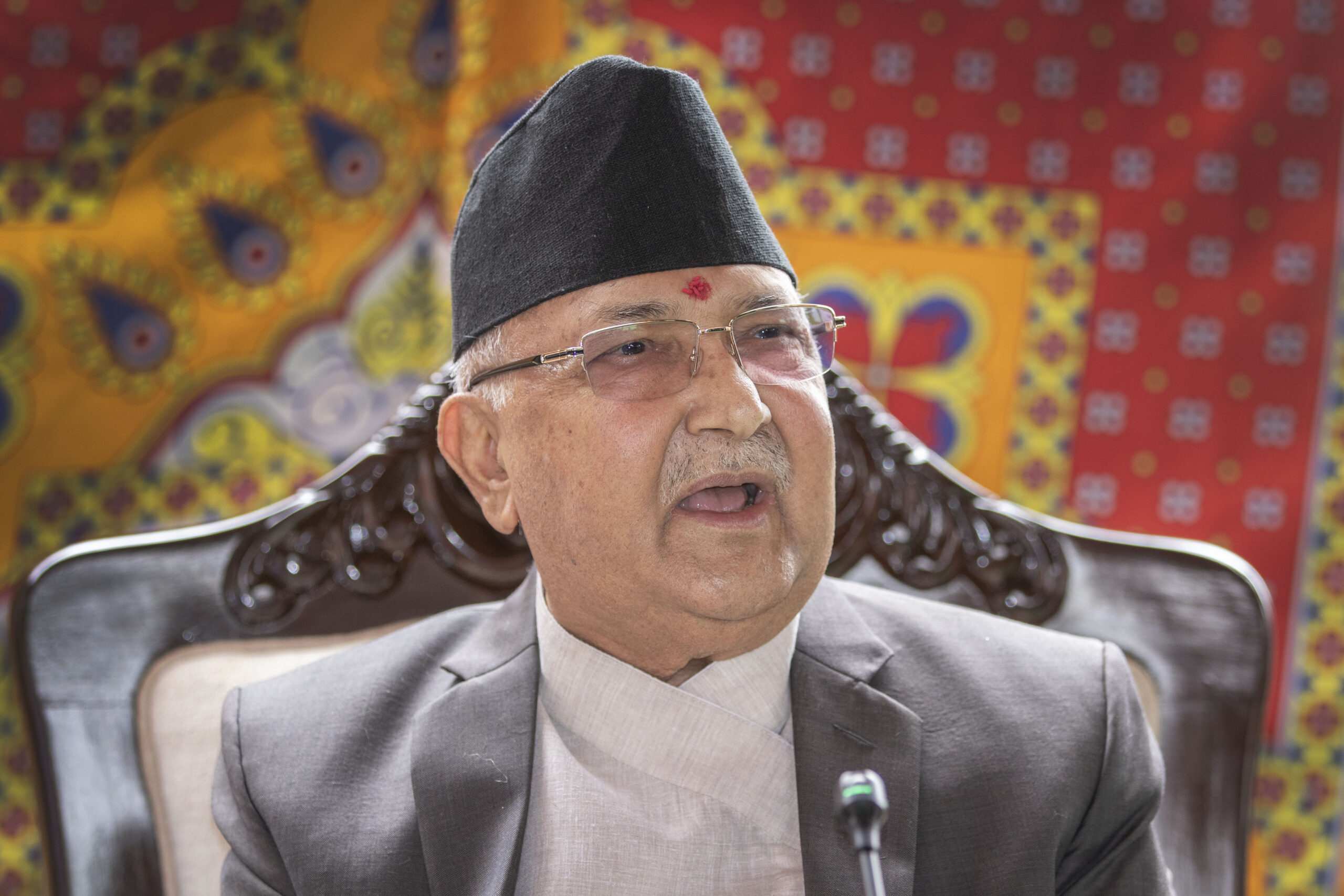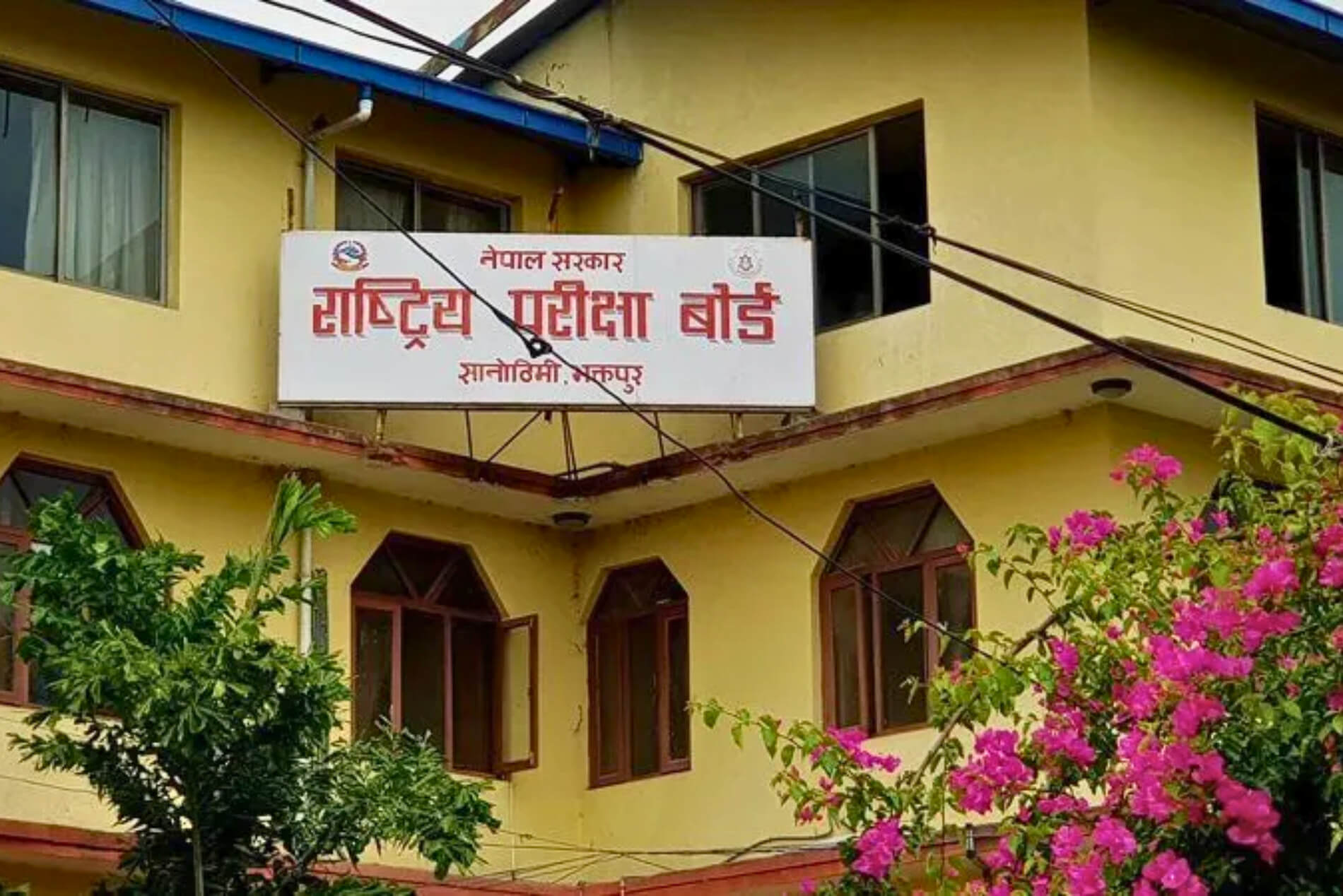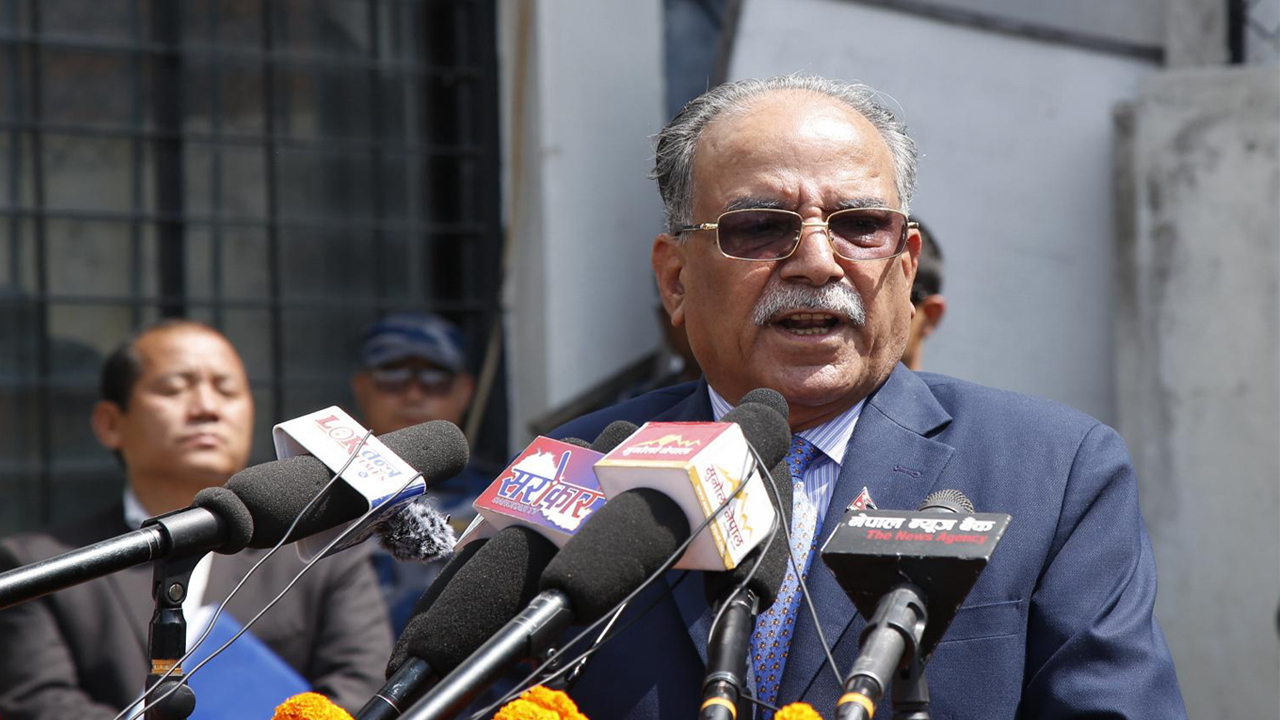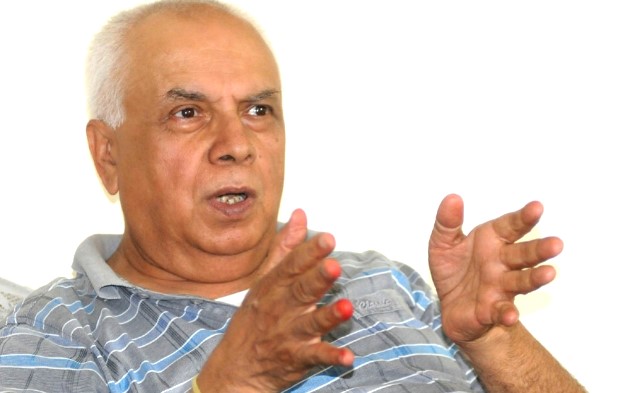Forgotten in the crowd: Elderly struggle in urban shadows amid city’s progress
A large number of elderly citizens, particularly those abandoned in old age, are forced to live lifelessly within the confines of old age homes.

KATHMANDU: While urban cities are witnessing dynamic growth in commerce, education, and infrastructure, hidden within the same urban boundaries are faces whose lives are devoid of hope, plans, or even the slightest buzz of activity.
A large number of elderly citizens, particularly those abandoned in old age, are forced to live lifelessly within the confines of old age homes.
One such face is 70-year-old Indira Subedi, who has been living at the Ramjanaki Shanti Old Age Home in Itahari for the past 14 years.
Her expression reflects a haunting mix of regret, despair, anger, and suppressed pain—emotions born from a life unfulfilled.
Her gaze often drifts outside, watching strangers pass by on the street. “I got married at a young age and gave birth to my son when I was just 20. There was happiness at home, and I used to run a small tea and vegetable shop nearby. I would take my son with me to the shop in the morning and return home in the evening to a lively household,” she recalled.
“But time can be cruel,” she continued. “My son passed away when he was just 11 months old. Not long after, I lost my husband too. Left without support, I eventually ended up here in this old age home.”
She admitted that in the beginning, she had no idea what a senior home was like. Having lost her parents at a young age and now her husband, she was completely alone. Some distant relatives encouraged her to move to the old age home—and she followed their advice.
“I’ve even forgotten what my family used to be like,” Subedi said. “A few relatives still visit me occasionally, but the people in this home now feel like my family. Life here is comfortable, and I’ve found peace. This old age home has become dear to me.”
Currently, 17 elderly individuals live at the Ramjanaki Shanti Old Age Home, established in 2056 BS in Itahari. With the growing trend of adopting modern lifestyles and detaching from traditional family values, the number of elderly people left homeless has been rising. Despite societal beliefs that view old age homes as unnecessary, today’s social reality highlights their increasing importance as a refuge for the aging population.
A similar story unfolds in Biratnagar at the Birateshwor Old Age Home, where 81-year-old Sarita Gautam has been living for the past 28 years. “I worked as long as I could. I raised and educated my children. But now, those very children treat me like a stranger,” she said.
Gautam’s eyes reflect not just sadness but deep emotional wounds. “There is peace here, but the pain in my heart remains. This is a house, but where is the warmth of family? My children have created their own worlds. In the end, they abandoned me and left me at this shelter. Love only existed in childhood, now we elderly are treated like burdens,” she said, her voice heavy with grief.
“After my husband’s death, I lived for my children. I managed their education and marriages. Now, they neither call nor visit me. I have no idea where they are. This shelter now feels like my home,” Gautam added, attempting to share a hint of contentment.
Another resident, 86-year-old Pavitra Subedi, has been staying at an old age home for the past 21 years. She spent her entire life tirelessly serving her children, but today, she lives in a place where she feels like a stranger.
With poor vision and difficulty speaking, she lies on a bed staring at the sky through the window, haunted by memories. “When my children could no longer take care of me, they left me here. Sometimes my son visits, but I can’t clearly see his face anymore. I remember sitting together for meals back at home. Here, I try to distract myself by talking with other elderly residents, but it doesn’t have the warmth of home,” she shared.
In recent times, especially in urban areas, the demand for old age homes has grown due to the rising number of elderly people living alone or abandoned by their families.
“Living in an old age home is better than suffering a disrespectful and insecure life at home,” said Thagendra Prasad Acharya, Chairperson of Ramjanaki Old Age Home. “Though it is not ideal, social circumstances have made these homes necessary.”
Local and provincial governments occasionally support these institutions with food and grants. A recent government grant of nine lakhs (NPR) helped build a truss roof, solving the rain leakage issue at Ramjanaki Old Age Home. Acharya also acknowledged support from the federal government in operating the shelter.
Jagat Aryal, a retired teacher who established Birateshwor Old Age Service Committee in 2060 BS, expressed concern over the increasing number of homeless elderly. “We started this shelter so that senior citizens can live their final years with dignity and peace,” he said. Over 60 elderly people currently reside there.
Santosh Ojha, a member of the management committee of Ramjanaki Shanti Old Age Home, said, “What these elderly mothers truly seek is affection—which only family can give. While we provide care, the warmth of a family is missing here.” To uplift their spirits, the home has built a temple and a meditation center within the premises.
According to the Ministry of Social Development of Koshi Province, there are 556,464 senior citizens in the province—about 11.22% of the total population.
The provincial government has prioritized senior citizens in its policies, programs, and budgets.
For the fiscal year 2081/82, the Ministry and local governments have allocated a total of Rs 108 million for elderly welfare.



